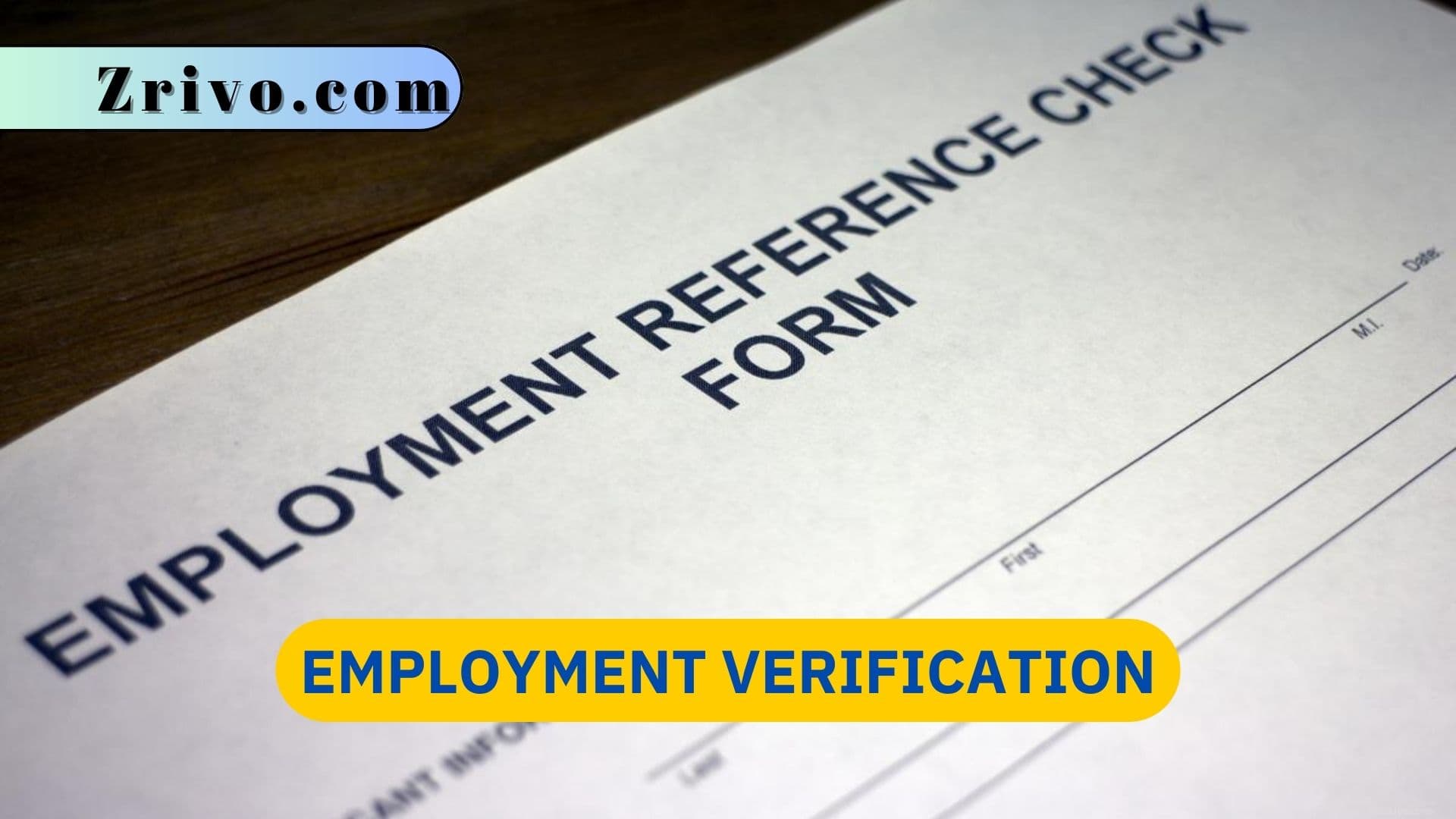
Employment verification is a specific type of background check that tries to vet information that job applicants might provide on applications or resumes. It can be a critical tool in pre-employment screening, as many people try to misrepresent their work history by exaggerating their qualifications or hiding red flags like previous firings and gaps in their employment. In order to run an employment verification, the company in question connects with an applicant’s previous employers and tries to confirm their employment history. This typically includes confirming dates of employment, title(s) held, and responsibilities during that time frame. It might go back as far as the last five to seven years for entry-level positions and a few more years for senior roles or jobs that require licensing, such as doctors and nurses.
Once the background check is complete, the results are usually provided in the form of a letter that is printed on official company letterhead with important details such as dates and titles. It is good practice to notify candidates in advance that a background check will be conducted and get their written consent to do so. To avoid legal issues, it is important for companies that conduct employment verification to follow local laws regarding how and why they are seeking out candidate information. They are also recommended to use reputable third-party verification agencies only to ensure compliance with the law and a smooth experience for all involved.
How to Verify Your Employment?
Employment verification involves contacting your past employers to verify the information you’ve listed on your resume or application. The goal is to ensure you have the skills, work experience, and qualifications necessary for the role. An in-depth background check includes education, driving records, credit history, and more. Employment verification can help you spot red flags such as falsified credentials and potential fraud.
In addition to the information contained in an employment verification letter, you can provide other documents as proof of your job history and salary. These may include pay stubs, W-2s, references from people at your current employer or direct supervisors, and even letters from former managers. The most important thing to remember is that the person or organization requesting the verification should have your written permission to release the data.
If you’re contacted by someone outside your company, politely explain why you need the information and how it will be used. In most cases, they will be more than happy to oblige, but in some situations, you might need to get authorization from your employer before giving out any information. This is especially important if the requestor is not an HR representative and may be subject to privacy laws that prohibit them from sharing information about your salary or job title with third parties.

What is the Best Way to Verify Employment?
The best way to verify employment is by contacting the candidate’s previous employers directly. You can ask to speak with their manager or HR representative. This will allow you to better understand the applicant’s professional skills and strengths/weaknesses. You can also learn more about the dates of employment, the reason for leaving, and other important details. It’s important to note that there are laws that govern what information a former employer can disclose. As a result, it’s best to only request information that you are legally allowed to use in the hiring process.